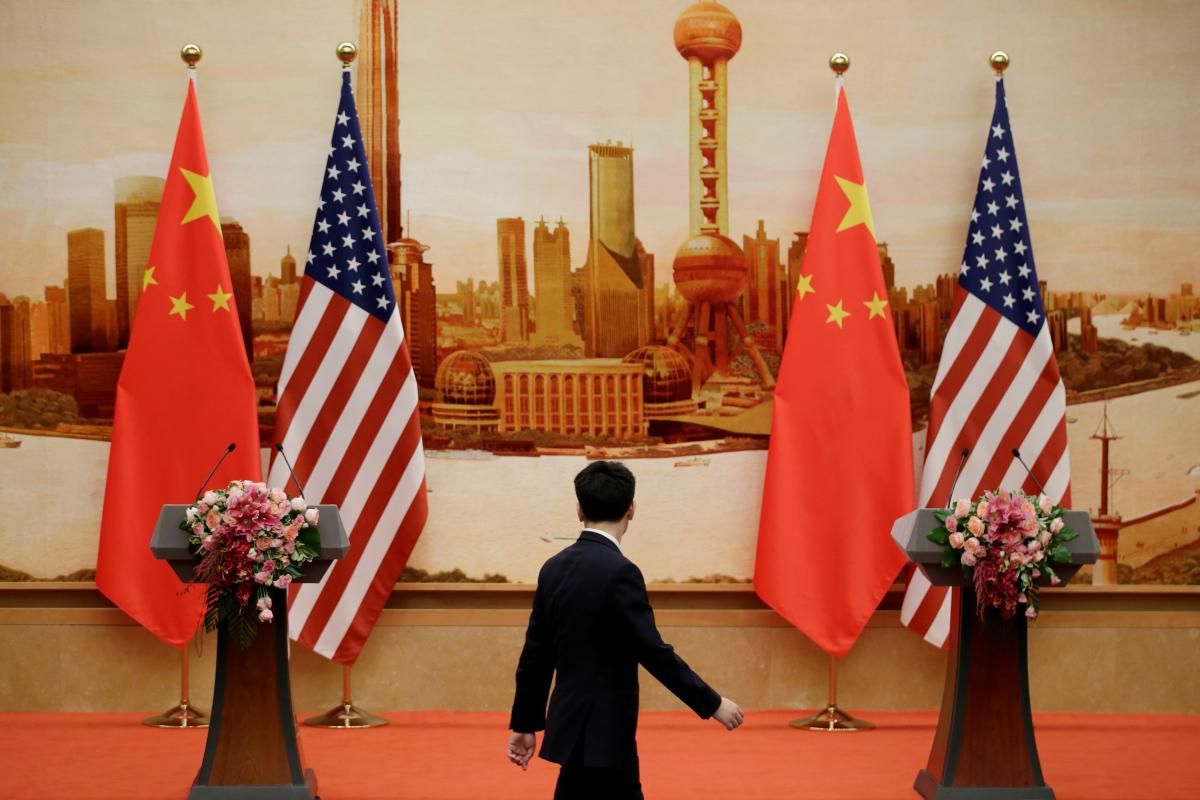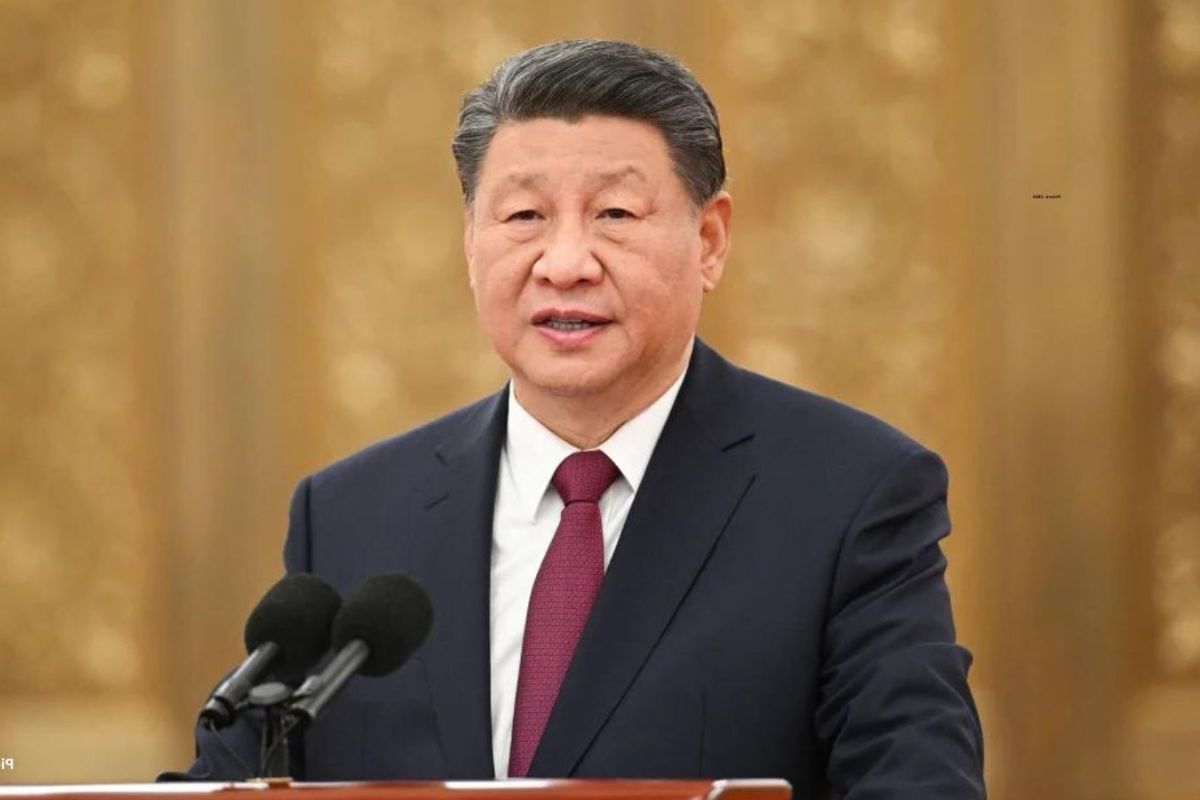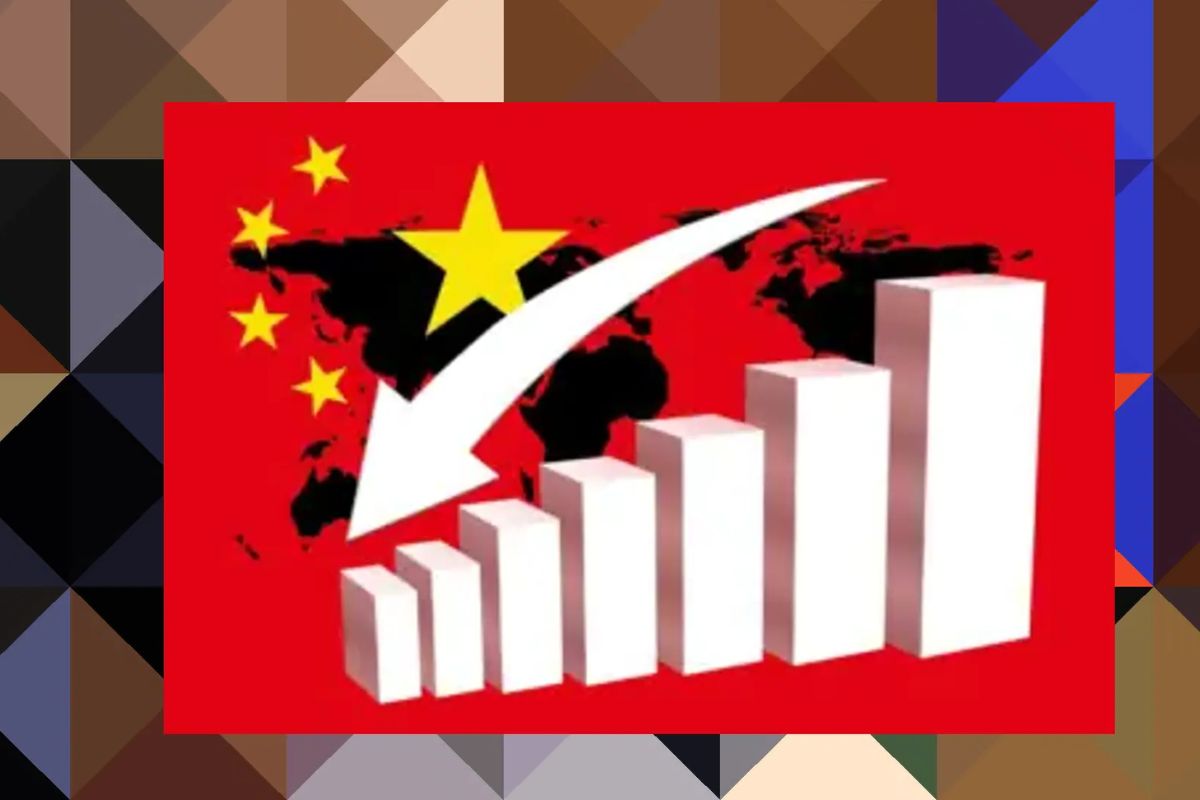China Grapples: China’s economy is facing yet another hurdle as it grapples with its third consecutive month of price declines. This continuous slump in prices, both in the consumer and producer sectors, raises concerns about the overall health of the Chinese economy.
The decline in the Consumer Price Index (CPI) in December indicates a weakening demand from consumers, while the slide in the Producer Price Index (PPI) points to ongoing economic weaknesses. These price declines pose challenges for the Chinese government as they strive to stimulate consumer spending and ensure a sustainable economic recovery.
The question remains: how will China tackle this downward trend and what measures will be implemented to counteract the negative effects?
Key Takeaways
- China’s Consumer Price Index (CPI) has declined for the third consecutive month, indicating a lack of demand in the economy.
- Pork prices fell by 26.1%, significantly impacting the CPI.
- China’s Producer Price Index (PPI) has also been sliding, reflecting a lack of demand for Chinese goods and putting pressure on businesses.
- China faces significant economic challenges that have dampened consumer spending, including stagnant wages and rising costs, and addressing these challenges is crucial for revitalizing consumer confidence.
Consumer Price Index (CPI) Decline in December:
In December, China experienced a decline in its Consumer Price Index (CPI) for the third consecutive month, underscoring the persistent deflationary challenges the country is facing despite ongoing efforts to bolster its economic recovery.
The National Bureau of Statistics reported a 0.3% year-on-year drop in the CPI, deviating from economists’ expectations. This decline in consumer prices is concerning as it indicates a lack of demand in the economy, which can hinder economic growth and potentially lead to a deflationary spiral.
Also Read: China Grapples with Deflation: Needed to Revive Economy Amid Falling Prices
It is particularly alarming that pork prices, a significant contributor to the CPI, fell by 26.1%. While the rate of decline in pork prices has narrowed, it still signifies a significant drop in consumer spending and highlights the need for further intervention to stimulate demand and prevent deflationary pressures from deepening.
Producer Price Index (PPI) Slide and Economic Weakness:
The continuous decline in China’s Producer Price Index (PPI) signals deepening economic weakness and necessitates urgent action from policymakers to address the persistent expectations of price falls.
The prolonged slide in the PPI reflects a lack of demand for Chinese goods, indicating a struggling manufacturing sector.
Falling producer prices put pressure on businesses, leading to reduced profits and potentially triggering layoffs.
The weakness in the PPI exacerbates deflationary pressures, making it harder for the central bank to achieve its inflation target.
Addressing the decline in the PPI is crucial for stimulating economic growth and preventing a deflationary spiral.
Policymakers should implement measures to boost domestic demand, promote innovation, and strengthen the manufacturing sector.
Additionally, targeted fiscal and monetary policies should be employed to restore confidence, support businesses, and stimulate investment.
Failure to act swiftly could lead to a prolonged period of economic stagnation and hinder China’s overall economic recovery.
Economic Challenges and Consumer Spending:
Amidst a prolonged housing downturn, a soft job market, and looming risks of debt, China faces significant economic challenges that have dampened consumer spending. These challenges have created a climate of uncertainty and caution among consumers, leading them to tighten their purse strings.
The full-year CPI for 2023 rose by a mere 0.2%, falling well short of the official target of around 3%. This marks the 12th consecutive year of inflation missing annual targets, highlighting the deep-rooted economic challenges facing the country.
With stagnant wages and rising costs, Chinese consumers are prioritizing saving over spending, further exacerbating the economic slowdown.
To revitalize consumer spending, the Chinese government needs to address these underlying challenges, such as stimulating job growth and implementing effective debt management strategies. Only then can China hope to see a resurgence in consumer confidence and spending.
Uneven Economic Recovery and Stimulus Measures:
China’s economic recovery remains uneven, with private-sector surveys indicating growth while official readings point to contraction. This highlights the urgent need for stimulus measures in the coming year.
The disparity between these two sets of data reinforces the complexity of the economic landscape and the challenges China faces. To address the situation, it is crucial for the government to implement comprehensive strategies and stimulus measures that can effectively stimulate economic growth and ensure a more balanced recovery.
This will require bold and innovative approaches that prioritize job creation, encourage domestic consumption, attract foreign investment, and support key industries. Without prompt and decisive action, the risk of prolonged stagnation and further economic decline looms large, endangering the progress made so far.
China must seize this opportunity to steer its economy back on track and pave the way for sustained growth and stability.
The People’s Bank of China (PBOC) Responses and Fiscal Policy Plans
Given the economic challenges and the need for sustained recovery efforts, the People’s Bank of China (PBOC) has responded with strategic measures and fiscal policy plans.
The PBOC has increased policy bank loans through the pledged supplementary lending (PSL) facility, indicating its commitment to supporting the struggling housing sector.
Additionally, the central bank has expressed its willingness to utilize reserve requirements to stimulate credit growth.
In line with these efforts, China has announced its intention to issue 1 trillion yuan ($139.39 billion) in sovereign bonds for investment projects, highlighting the government’s commitment to proactive fiscal policy in 2024.
These measures reflect the market’s expectations that fiscal spending will play a crucial role in revitalizing the economy.
As China grapples with consecutive months of price declines, the PBOC’s responses and fiscal policy plans aim to address the economic challenges and foster sustainable recovery.
Conclusion Of China Grapples
China’s consecutive decline in prices for the third month raises concerns about the country’s economic stability. The drop in the Consumer Price Index (CPI) and Producer Price Index (PPI) indicates economic weakness and challenges in consumer spending.
The uneven recovery and lack of effective stimulus measures further exacerbate the situation. The People’s Bank of China (PBOC) must respond decisively, and the government needs to implement strong fiscal policies to address these issues and promote economic growth.
Failure to do so may have far-reaching consequences for China’s economy.
Our Reader’s Queries
Q1 What is China’s GDP compared to the US GDP?
A In 2022, China’s Gross Domestic Product (GDP) reached $18.3 trillion when assessed at market exchange rates. This figure represents 73% of the United States’ GDP, marking a significant economic presence on the global stage. Impressively, China’s GDP is now ten times larger than the 7% it accounted for in the U.S. GDP back in 1990, showcasing substantial economic growth and influence over the past three decades.
Q3 Is China going through deflation?
A Analysts from Citi have noted a deepening deflationary situation in China, attributing it to a trifecta of challenges: pressures stemming from domestic food prices, corrections in international oil prices, and subdued domestic demand. In a recent Sunday report, the analysts highlighted that indications of price weakness are not confined to goods but are now extending to services, signaling a broader impact on the overall economy. The convergence of these factors underscores the complexities China faces in addressing deflationary pressures across different sectors.




